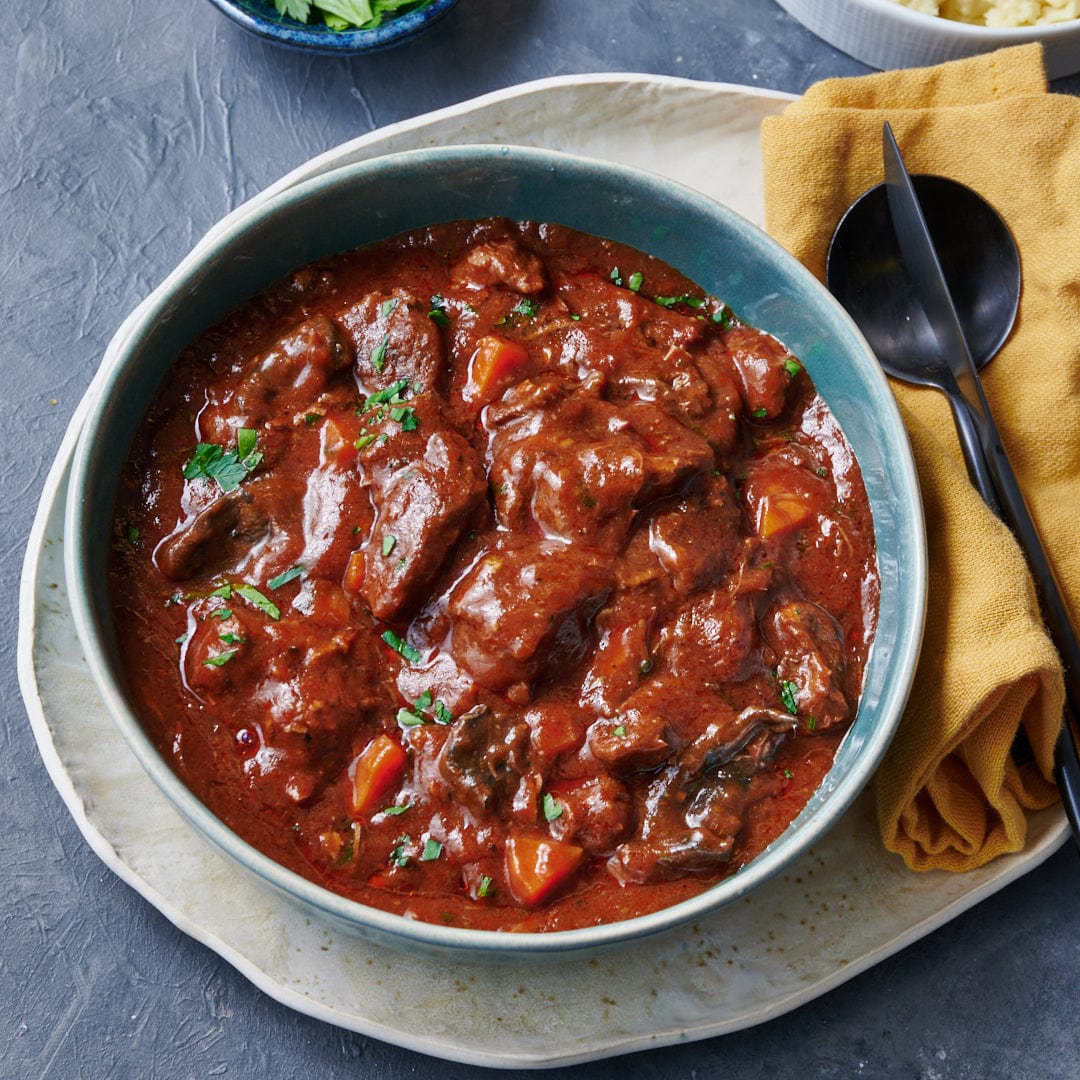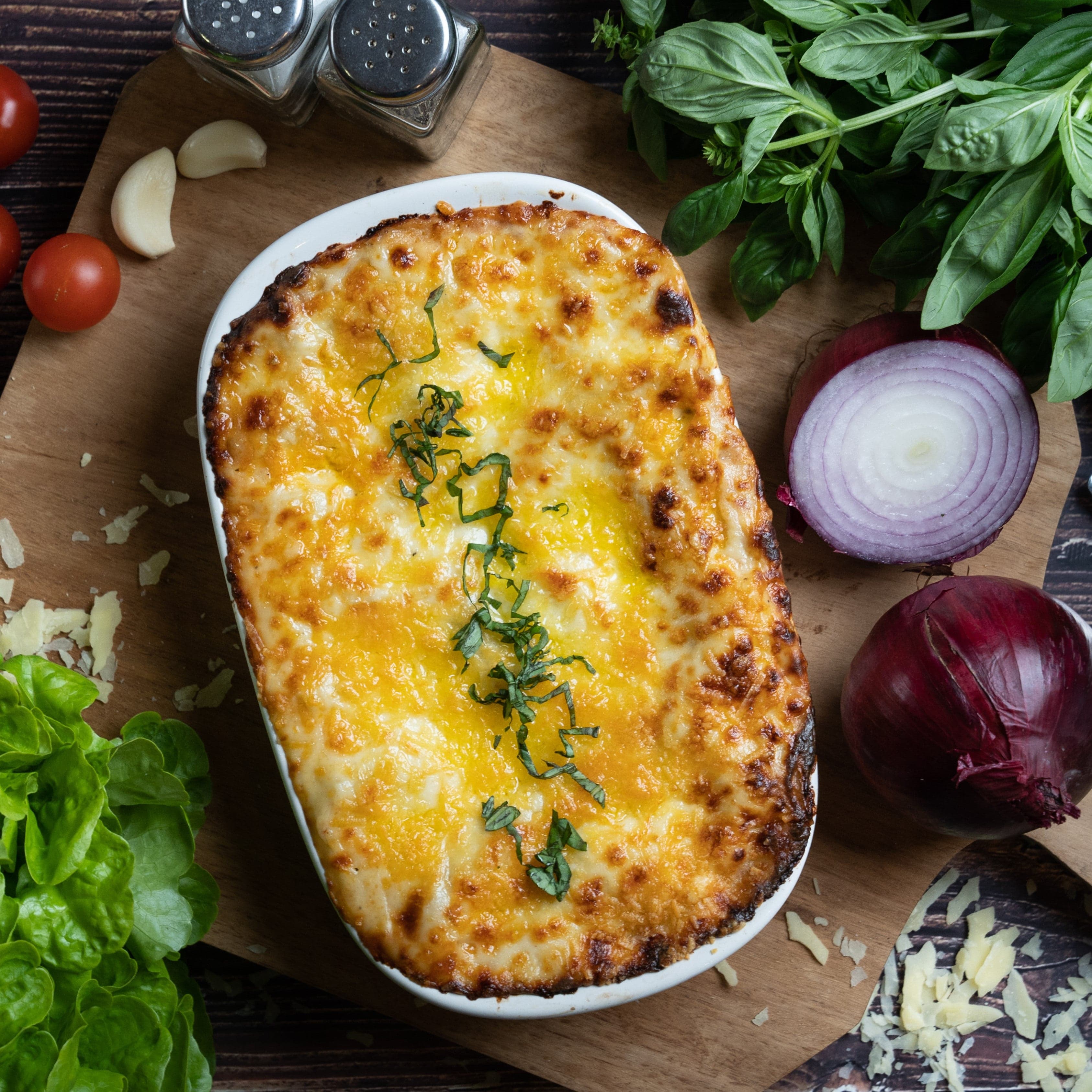In March, we are celebrating the Greek cuisine. We have released four new dishes that will tickle your taste buds and transport you to the countless islands and regions that Greece has to offer. So fasten your seatbelts and go.
The Greek cuisine
When we think Greek cuisine, we straight away think of olive oil, lemon and balanced food. This actually true. Not only Greek food is healthy but it is really delicious. It belongs to what we call the Mediterranean diet, something that at Délidoor, we have been talking about for a long time.
The Greek cuisine uses a lot of olive oil, wheat, vegetables, lean meat as well fruits making it a very healthy diet. And that's because it is a balanced diet, meaning eating a bit of everything, not in excess.
Did you know that the first cookbook were written by the Greeks sometimes in 330 B.C. This shows are important food was in their culture and how critical food was used to influence other countries at that time. When Alexander the Great pushed the Greek influence further East, the Greek cuisine became even more influential.
It got influenced too. The Turkey influence can be seen in starters such as Tzatziki, main dish such as the Moussaka, or sweets like Baklava and Kataifi. The traditional and popular Beef Stifado comes from the Venetian traditions.
Délidoor new Greek dishes
It was quite a challenge to settle on a list of Greek dishes we wanted to share with you. There are so many great traditional Greek food to try and we could have easily released 15 of them. We think with our latest 4 meals we give you a good overview of the Greek cuisine and that will motivates you to find out more.To celebrate the Greek cuisine, we released four new dishes.
The traditional Moussaka
If there is one dish we couldn't miss during this first Greek month at Délidoor, well it's the Moussaka. This dish is the symbol of the Greek national cuisine and the most famous internationally. It includes eggplant, potatoes, minced lamb and a creamy bechamel sauce.
Some of us would even compare it with the Lasagna.. Indeed we usually say that the Moussaka is to Greek what the Lasagnas are to Italians! Both symbols of their respective cuisine and internationally recognised. Both dishes are made of a rich tomato sauce with meat and topped with a layer of delicious homemade bechamel. The difference really lays in the fact that "sautees" eggplants are used to separate the layers in the Moussaka and pasta sheets in the Lasagnas.
The funny fact about the Moussaka is its name. The name Moussaka comes from the Greek (obviously) mousakás which was borrowed from the Turkish Ottoman which in turn borrowed it from the Arabic musaqqa'a which means pounded or cold. So a dish that could be eaten cold. However, we don't really recommend it. 😊
For many of us, we know the Homemade Moussaka, cooked by our grandmother. That's not an easy meal to prepare as there are five stages to follow:
1 - Preparing the eggplant ie peeling and cutting them in not too thin slices and "sautee" them with olive oil (but not too much).
2- Preparing the potatoes like the eggplants. Peel, slice and sautee with olive oil.
3 - Preparing the creamy bechamel from scratch
4 - On the side, preparing and cooking the minced lamb meat with the tomato sauce.
5 - Finally, putting everything together and baking it until fully cooked.
In the mix, Sebastien has thrown some greek oregano, parsley, garlic, parmesan, bay leaves and red onion to make sure that you enjoy a tasty meal and feel the flavours of Greece from your dinner table.
If you've order your Moussaka from us, just reheat it 30 minutes in your oven. Et voila! Don't forget to add a side of salad when serving it.
The Spanakopita or Greek Pie
The Spanakopita is a Greek Pie or Pita, another world for Pie. In the Greek cuisine, the Pita is a pie layered with filo dough that is filled with sweet or savory fillings.
As such it can be made and enjoyed as a main, an appetizer or even a snack.
In Greece, you will find the Spanakopita in coffee shops and bakeries but as well on restaurant menus. In the Greek homes, it is a versatile dish used for various occasions. It is one of the staple food you always keep in your freezer to have one ready when you have someone visiting.
The origin of Spanakopita can be traced to some time in the 5th century B.C when Philoxenos mentioned it that at the end of the banquet, the hosts served a sort of cheesecake made with milk and honey that was baked like a pie.
The Spanakopita as we know it emerged during Byzantine times when the spinach arrived in Greece and the filo (or phyllo) became a cornerstone of Greek cuisine.
Our Spanakopita is made of olive oil brushed layers of filo filled in the middle with a mix of spinach and crumbled Greek Feta. Our secret sauce lies in the special Chef Sebastien mix of Onion, Garlic and herbs such as Dill and Parsley.
The Spanakopita by Délidoor
Beef Stifado
In Greece, a stifado is a traditional Greek braise that features pearl onions in equal quantities to the amount of meat that is being stewed with them. It can be made of different type of meat, depending on the region.
The dish was brought to Greece by the Venetians in the 13th century after the fall of Constantinople just before the Ottoman invasion.
The traditional version of the Stifado is made of Rabbit but our version uses Beef. For those who know the Beef Bourguignon, you could compare the Beef Stifado to its French counterpart. So in summary the Greek version of comfort food ie warm, filling and satisfying.
The Stifado requires a lot of cooking. Between 5 to 7 hours and up to 11 hours of meat cooking is required in order to obtain a tenderised meat.
If you haven't this time available, simply try ours. We've done all the work and you will just need to defrost and re-heat it in a saucepan for ~15min. Job done, everyone will thank you.
Traditional Beef Stifado by Délidoor
The Greek Lamb Souvlaki
As explained at the beginning of this article, lamb is a key ingredient to the Greek cuisine. Plus as an Australian when you think Greek cuisine, you think warm weather, outside cooking, BBQ... That's why we've decided to offer you the Lam Souvlaki.
The term Souvlaki originates from Macedonia and other regions of northern Greece. In the Southern regions, it is called Kalamaki.
Nowdays, Souvlaki is a popular fast food choice in Greece. It is different from the Kebabs in the fact that Souvlaki is cooked horizontally when Kebabs are cooked vertically.
You will guess, our secret sauce is the marinade that Chef Sebastien has prepared for you. Using a mix of olive oil, Greek Oregano, Thyme, Sumac, Garlic, Lemon, Paprika and Cumin, our traditional marinade will flavour your Souvlaki and your BBQ too :-)
Greek Lamb Souvlaki on skewer by Délidoor
Where to find our range of Greek food?
Discover our range of homemade prepared Greek cuisine meals ready to be enjoyed at home in our special collection page here.









